This photo storytelling highlights a visit to organized communities in the Kaqchikel region within the Association for Justice and Reconciliation (AJR) at the end of July 2025. Through these images, Internacionalista Tas shares their experience, reflecting on their reactions and insights from this inspiring encounter.
Este fotorreportaje destaca una visita a comunidades organizadas en la región Kaqchikel dentro de la Asociación para la Justicia y la Reconciliación (AJR) a finales de julio de 2025. A través de estas imágenes, la internacionalista Tas comparte su experiencia, reflexionando sobre sus reacciones y aprendizajes de este inspirador encuentro.
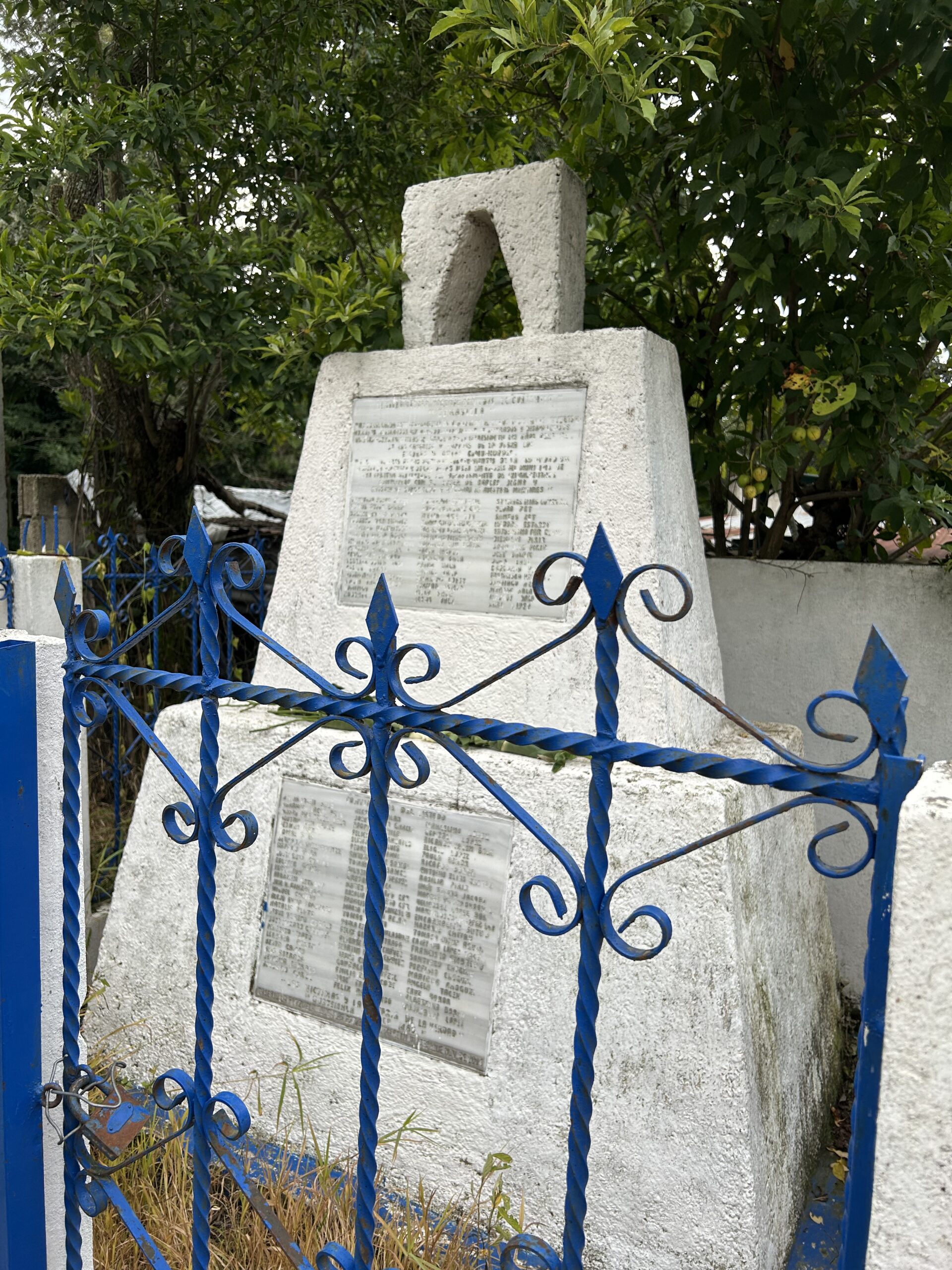
Memorial to victims of the massacre at La Pazuela. On the plaque, I saw familiar last names— the family members of AJR representatives I have been organizing with.
Memorial a las víctimas de la masacre de La Pazuela. En la placa vi apellidos familiares: los de les familiares de representantes de la AJR con los que he estado organizando.
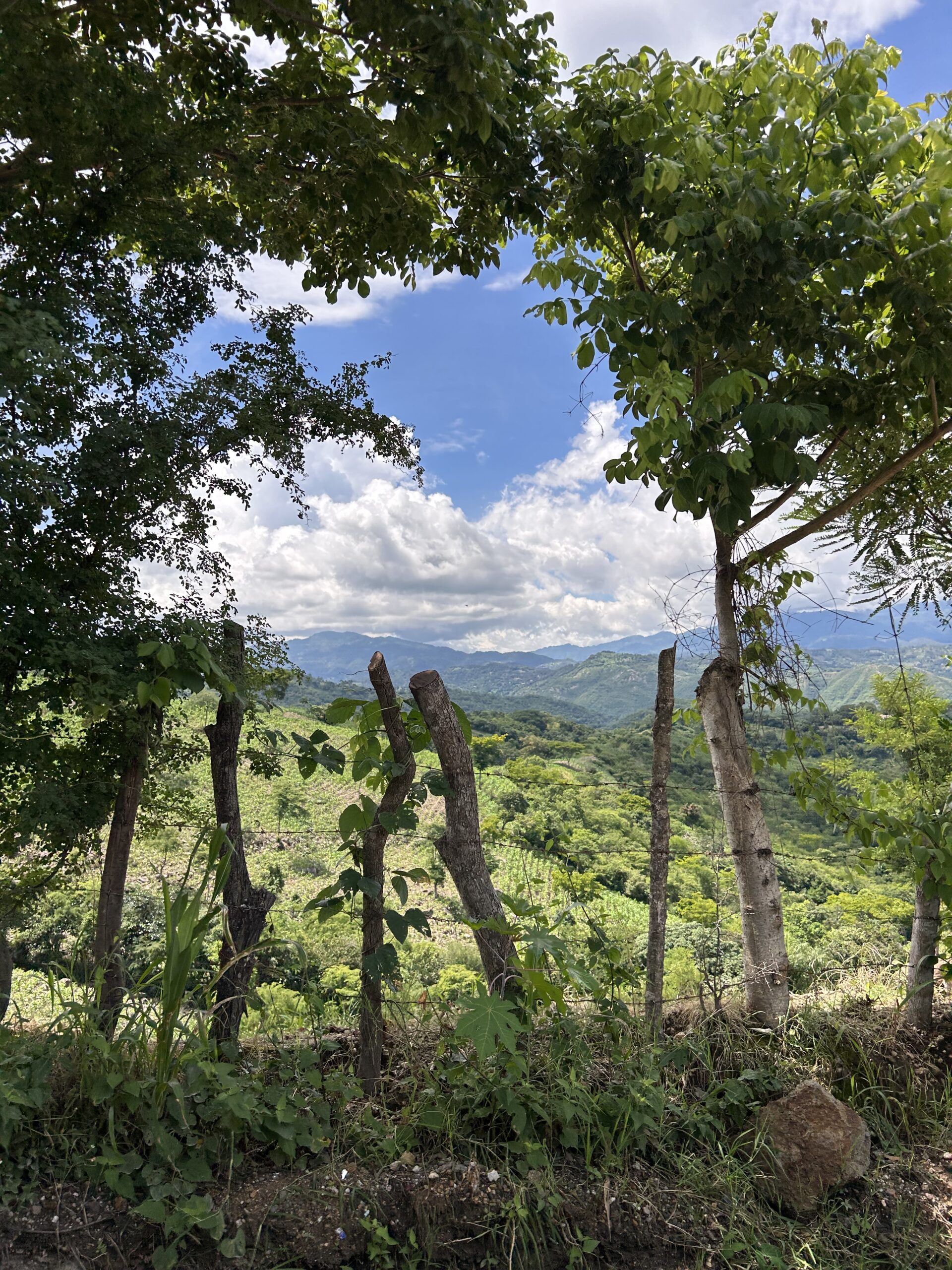
View of the land around Chiapastor, where many massacre survivors live. Near by are the Mixco Viejo ruins, the capital of Chajoma, a 12th century Kaqchikel city.
Vista de los terrenos alrededor de Chiapastor, donde viven muchos sobrevivientes de la masacre. Cerca se encuentran las ruinas de Mixco Viejo, la capital de Chajoma, una ciudad Kaqchikel del siglo XII.
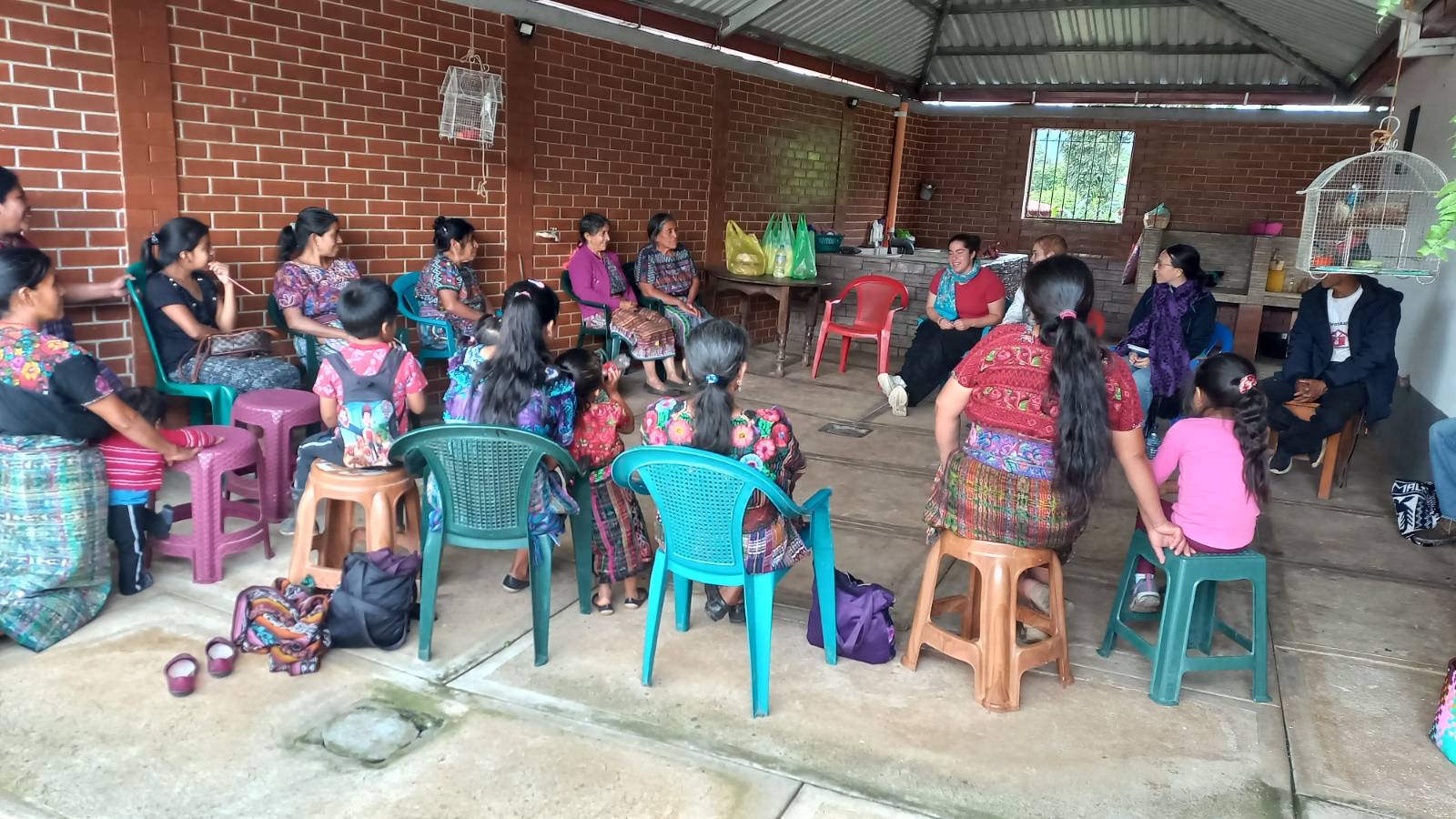
Meeting with Transitional Justice organizers and survivors of Santa Anita las Canoas. The daughter of the founder of the justice movement in that city told us that her mother began organizing only a year after the massacre, in 1983, when the threat of another massacre or targeted disappearance still loomed. She went on a speaking tour with NISGUA to the United States in 2001, the year I was born! It is incredible to feel the length of relationship and connection of the solidarity work here.
Reunión con organizadores de Justicia Transicional y sobrevivientes de Santa Anita las Canoas. La hija de la fundadora del movimiento por la justicia en esa ciudad nos contó que su madre comenzó a organizarse apenas un año después de la masacre, en 1983, cuando aún existía la amenaza de otra masacre o de desapariciones selectivas. ¡Ella hizo una gira de conferencias con NISGUA en Estados Unidos en 2001, el año en que yo nací! Es increíble sentir la duración de la relación y la conexión del trabajo de solidaridad aquí.

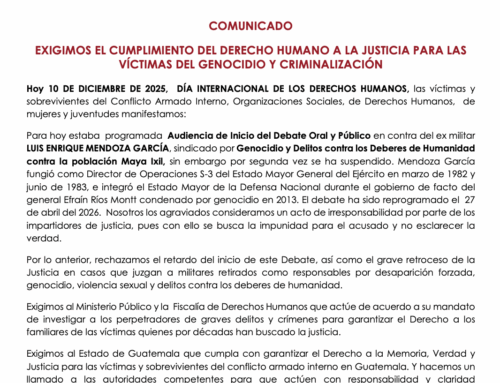
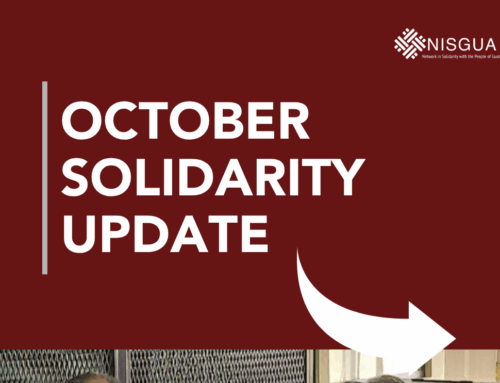
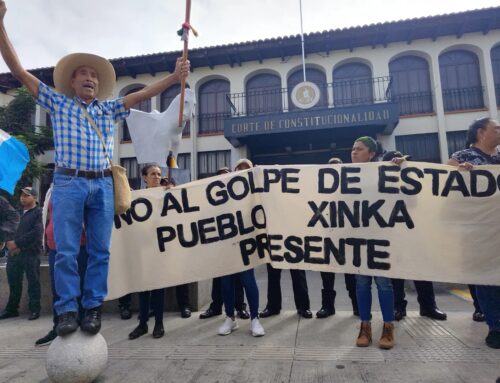
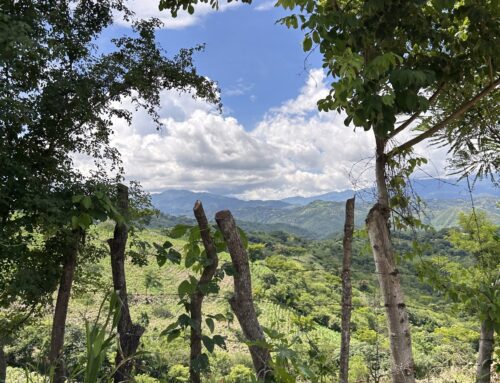
Leave A Comment